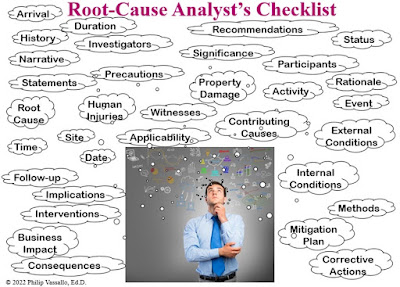Writing business forecasts is something like gambling. Imagine predicting in early February 2020 a record-breaking second quarter that year with no knowledge of the impending COVID-19 pandemic. You might be forgiven for that one blunder, but try writing another forecast for the third quarter of that same year with no historical knowledge of such a broken economy, restricted access to suppliers, truncated client demand, strained cash flows, uncertain government regulations, and a dramatically vanishing workforce.
Yet business forecasts written by astute analysts are more critical than ever for companies trying to keep ahead of marketplace innovations, supply shortages, and changing customer needs. The content, structure, and style of business forecasts vary based on industry and context. But a helpful way to view them is to borrow the healthcare methodology of a SOAP note (Subjective, Objective, Assessment, Plan). Below are a description of the SOAP elements and examples of how they can fit into forecasts. Two assumptions about the examples: they are theoretical, and they emerge from in-depth research.
Subjective – Perhaps situation would be a better term for a business forecast, as the reporter sets the stage by detailing the period, territory, or aspects of the business under review, as well as the scope of the analysis:- This forecast covers 3Q22 for the Asian rubber and metal markets.
- This report forecasts market conditions in the Western US region for the second half of 2022.
- Rubber production in Thailand continues to rebound from lower-than-expected global shipments, 20% year-over year. A continued shortage of nickel from Indonesia during 1Q22 (76% capacity) limited our access to supply.
- For 4Q21, sales in Western US decreased 6% year-over-year, spurred primarily by business closures, especially in the retail sector.
- As Thailand, Malaysia, and Vietnam continue to maintain relatively modicum production, we will be pressed to feed our recovering production capacities. Nickel supply, however, should prove reliable through 2022.
- In an uncertain economy due to rising interest rates and mortgage defaults, as well as a learning curve while onboarding a new sales team in the territory, we will be pressed to grow sales west of the Rockies.
- We will continue sourcing rubber suppliers in India, Indonesia, and Philippines. In addition we will add to our supplier list for nickel in Philippines.
- We will resume cultivating our sales capacity b hiring in the Western region, transition to just-in-time inventory, and reduce production by 10% through December 31.
Other reports in this series:


